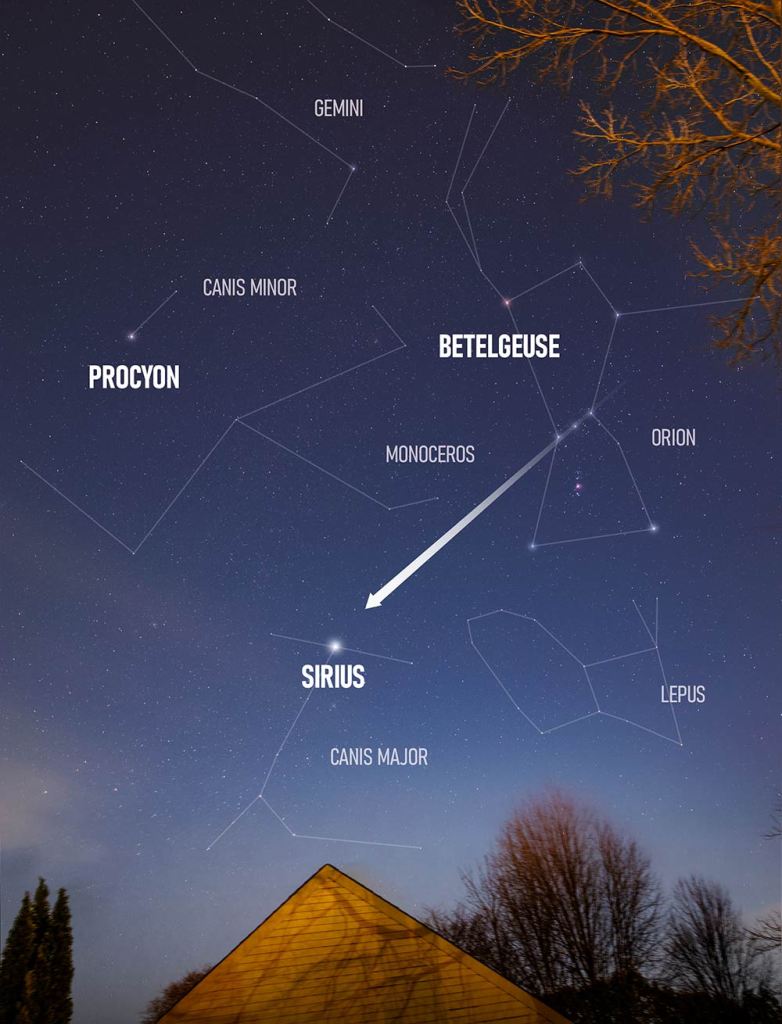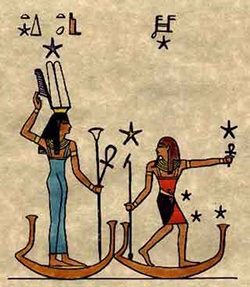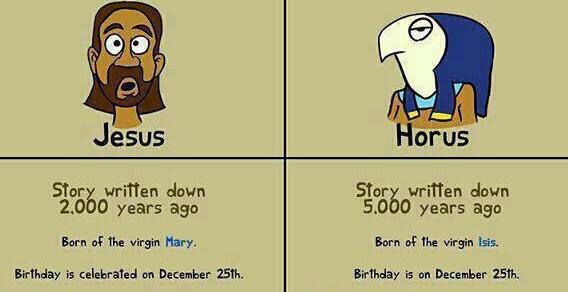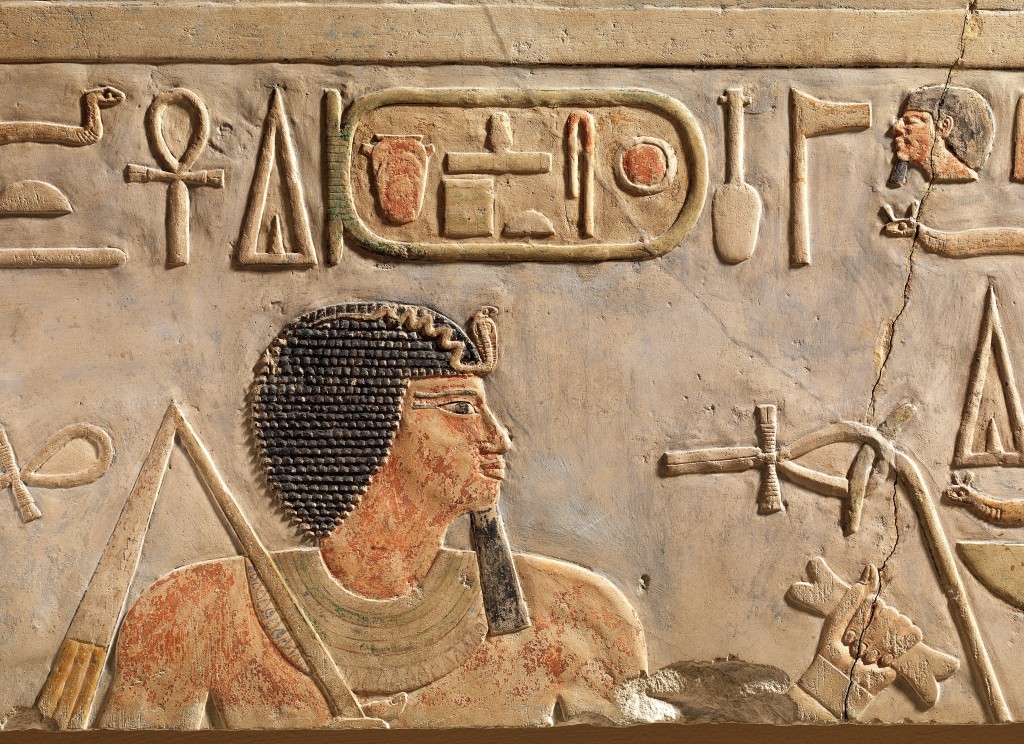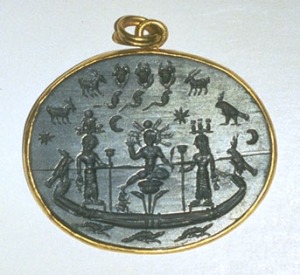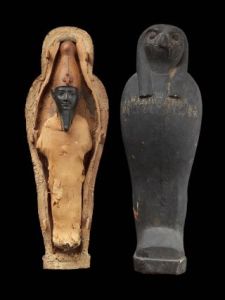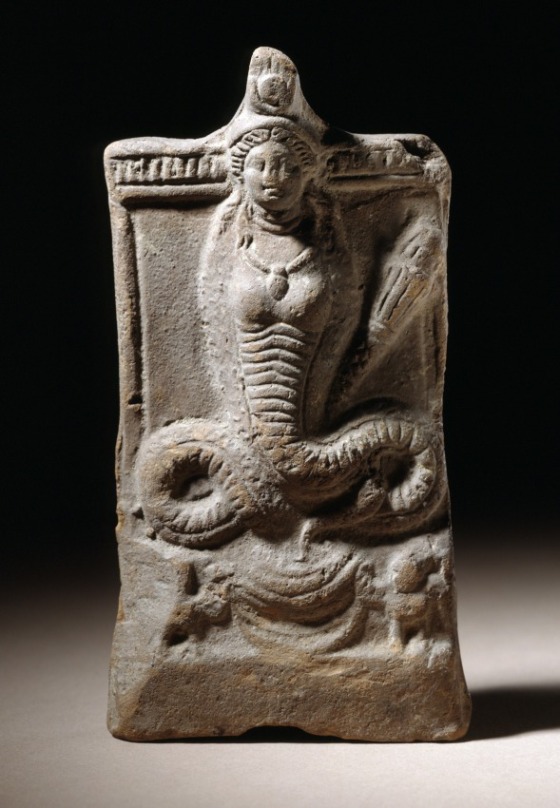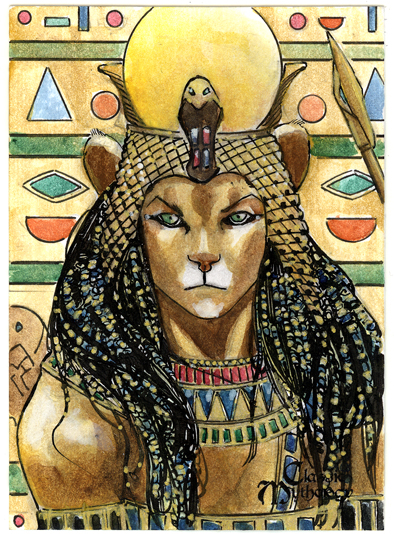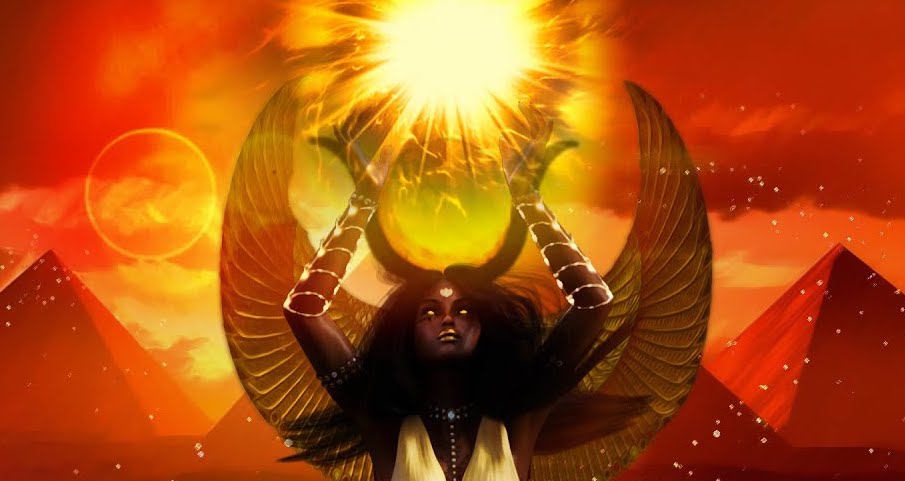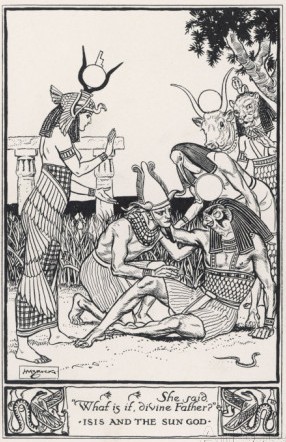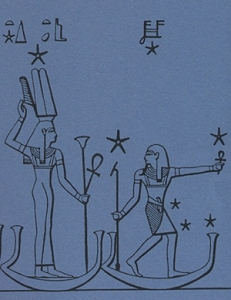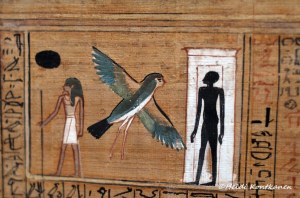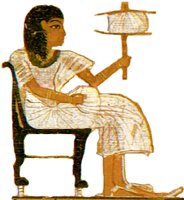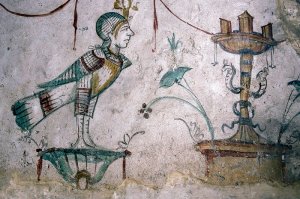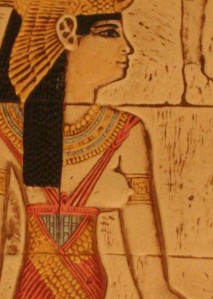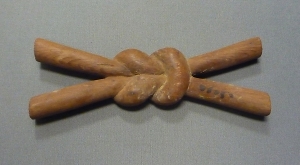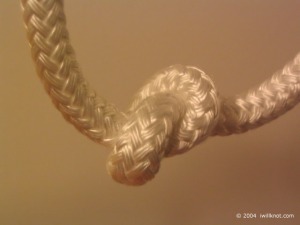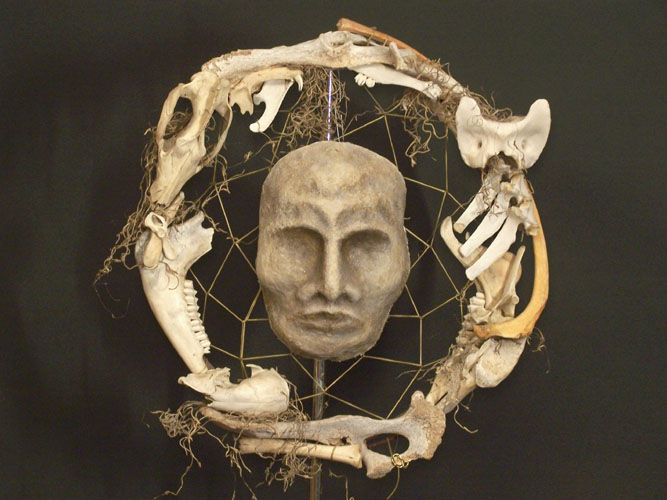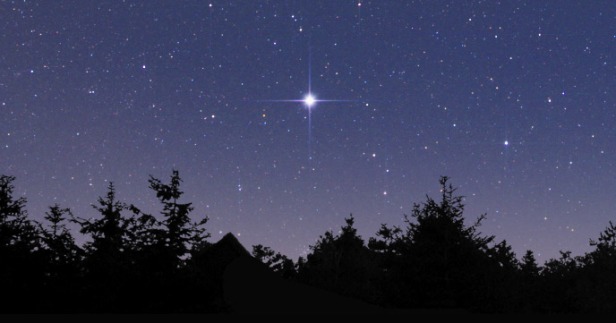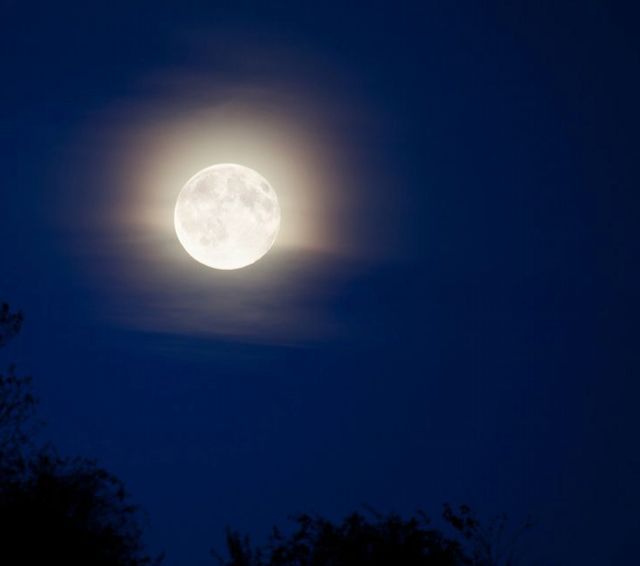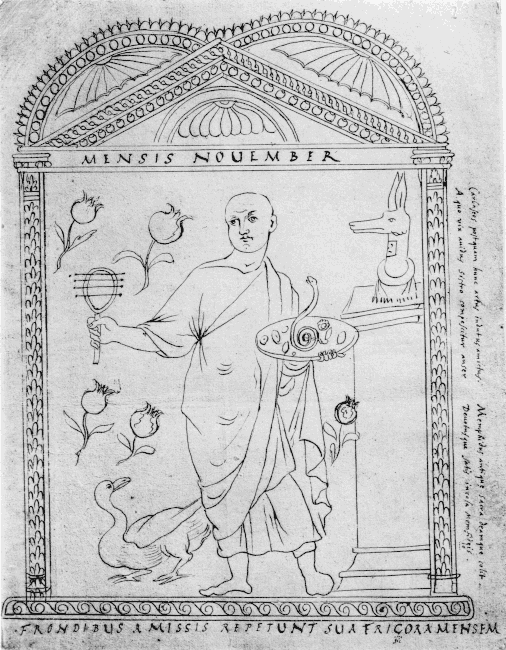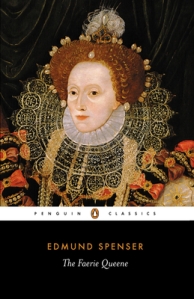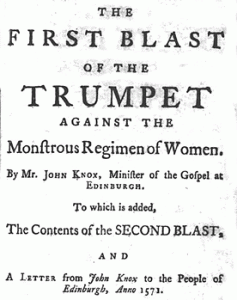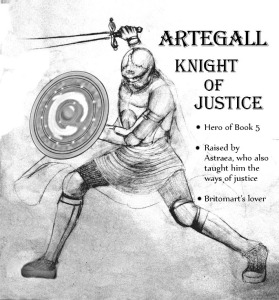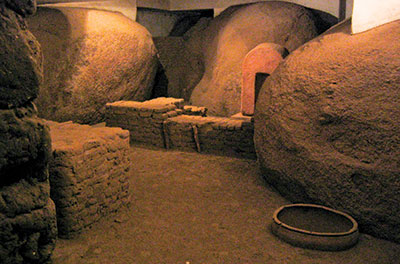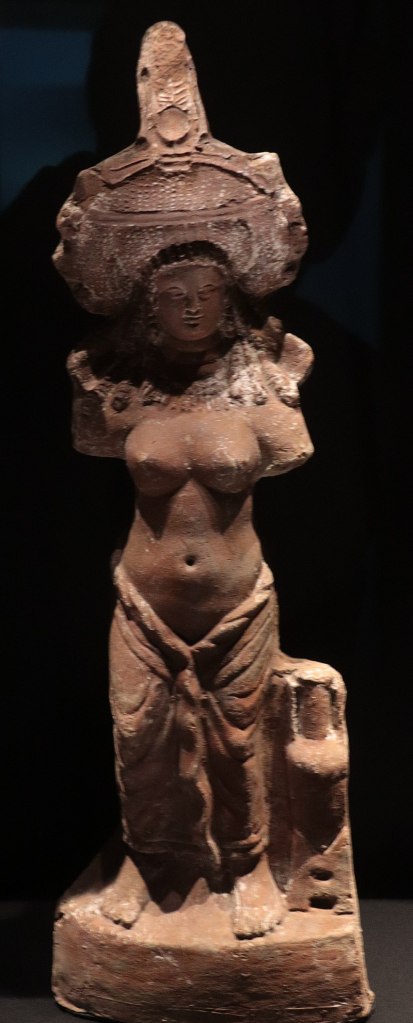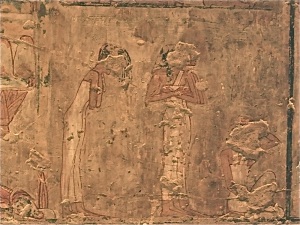We are about to turn the corner into spring here in the Northern Hemisphere.

We often think of spring as soft and gentle. Tra-la-la, the flowers are budding, the birds are singing, the bunnies are doing as bunnies do.
But there is another side to spring. A striving, struggling, powerful side. Think Stravinsky’s Rite of Spring. After all, why is Aries the Ram the zodiac sign of spring? Because to get the year moving after long, deep winter, the world needs a push. Or a good shove. And the Ram is just the one for the job.
Just as we often think of spring as sweet and gentle, so do we often think of Isis as only sweet and gentle. And She can be. She can be a kindly mother holding us in Her arms as we weep and drying our tears. Then again, She can be fierce. She’s a Goddess. And She has many different faces.
So today, we have an Isis story that shows Her fierce and fiery aspect and which you may not have heard before.
This is a tale of Isis the Avenger and it is from the Papyrus Jumilhac. The only publication of the papyrus has been in French (which is why English readers may not have heard the tale). But via the blessings of interlibrary loan, I was able to borrow the French text.

The Papyrus Jumilac is about 23 “pages” long. It is a Ptolemaic text (approximately 2nd century BCE) but it was found in Upper Egypt and records some thoroughly Egyptian myths. It may have been a sort of training manual for the priesthood of the 17th and 18th nomes (administrative districts, like states or provinces) and tells stories connected with the local landmarks. Our Isis story from it is a tale of transformations, and in it, Isis changes Herself into a hound, a uraeus serpent, Hathor, and Sakhmet—all in Her pursuit of and revenge upon the murderer of Her husband.
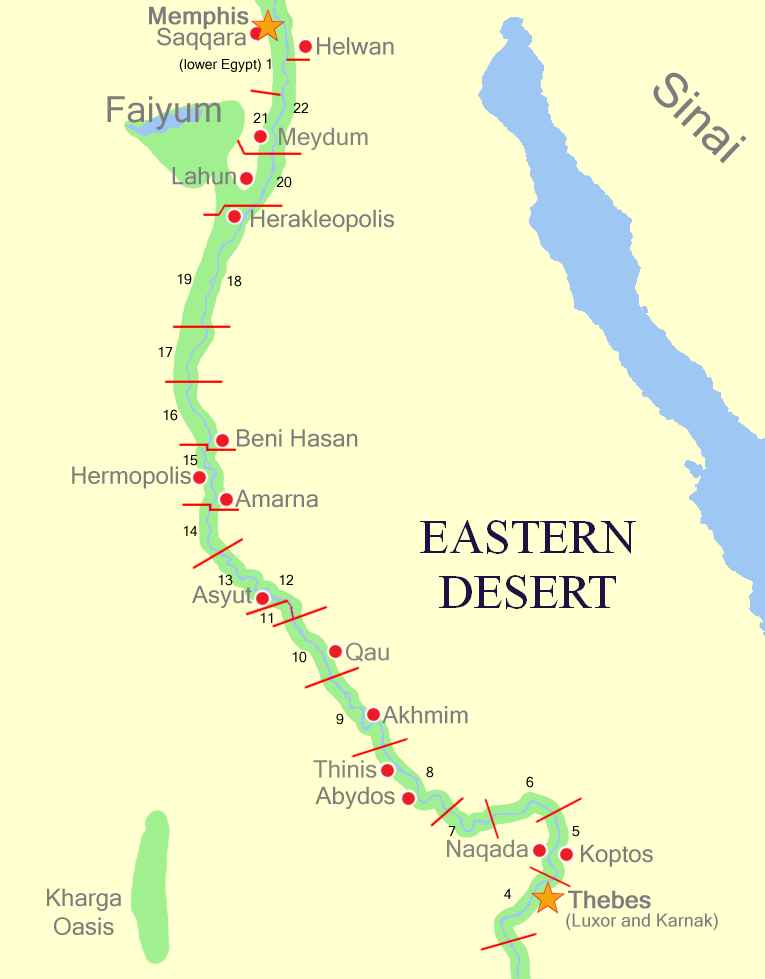
Herewith is the tale of Isis the Fierce:
Set once more regrouped His allies, but Isis marched against them. She concealed Herself in Gebal which is south of Dunanwi, after having made Her transformation into Her Mother Sakhmet. She sent out a flame against them all, seeing to it that they were burned and devoured by Her flame. (It is said to Her, “Hathor, Mistress of the Two Braziers.”) She [Isis] created for Herself there, a place to observe the preparations of the Evil One and His allies. (It is said to Her, “The Temple of the Mistress of the Two Braziers,” and the wab priest of this Goddess is called Ouroumem [the Great Devourer].) Then Set, seeing Isis at Her observation point, transformed Himself into a bull to chase Her, but She made Herself unrecognizable and put on the form of a bitch with a knife at the end of Her tail. Then She began to chase Him, and Set couldn’t trap Her again. So He scattered His semen upon the earth, and Isis said, “It is an abomination to have scattered Your semen like this, O Bull.” His semen grew, in Gebal, in the plants which we call bdd-k3w.

Then the Goddess entered into the mountain which we call Hout-Kâhet, and settled Herself there. After which, She went to the north and, having transformed Herself into a serpent, She entered into that mountain which is north of this nome to spy on the allies of Set as they arrived in the evening. (It is said to Her, “Hathor, Mistress of Geheset.”) The Goddess [Isis] watched the allies of Set as they arrived in the Oxyrhynchite Nome and as they crossed the country to reach Gebal, the City in the East. She pierced them all [with Her fangs since She was in the form of a serpent], and She made Her venom penetrate into their flesh, so that they perished, all together; their blood poured out upon the mountain, and this is why this mountain is called the prsh of Geheset.
The story bears a little commentary to explain some of the features. Isis is pursuing Set in revenge for His having murdered Osiris. It is interesting to note that it’s not Horus the Avenger Who is going after Set, but Isis the Avenger. I’m not sure exactly where the local Gebal (a Gebel is a mountain) is; but we are told that it is south of Dunanwi. Dunanwi is a local God of the 18th Upper Egyptian nome, so perhaps the direction refers to a temple or shrine of the God or the text is using the Deity’s name as a name for the nome itself.

Although Isis’ first transformation is into “Her Mother” Sakhmet, Isis is repeatedly called by the name and epithets of Hathor, a local Goddess of Geheset. Geheset is a mythically powerful place; it hasn’t been conclusively identified with any real place in Egypt, but some scholars believe it may be at modern Komir, on the west bank of the Nile, south of Esna. (Interestingly, Komir was a center of the worship of Nephthys and a temple dedicated to Her has been found there. It is in the 3rd nome, however, south of the 17th and 18th nomes.) The Jumilhac papyrus does contain more information on Geheset. In another passage it says:

“Regarding Geheset, it is the temple of Hathor of Geheset, the house of the Chief of the Two Lands. House of Uraeus is the name of the Divine Booth of Hathor in this place. Isis transformed Herself into the uraeus. She hid from the companions of Set, Nephthys was there at Her side. The companions of Set passed by Her without their knowing. And then She bit them all. She threw Her two lances at their limbs. Their blood fell on this mountain, flowing, and their death happened immediately.”
Now, in the 4th nome, there was a famous Hathor cult center in Pathyris or Aphroditopolis, modern Gebelein. It is reasonably near to the Nephthys temple at Komir. If this is the mythical Geheset, then Nephthys being at Isis’ (as Hathor) side makes some geographic sense.
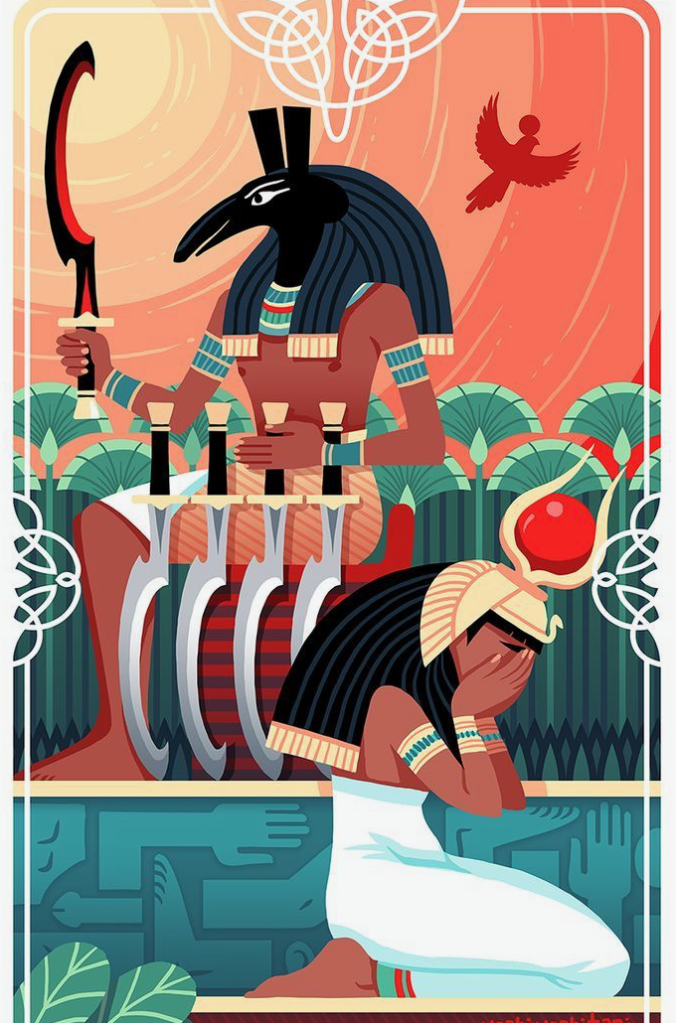
In the encounter between Isis and Set, in the form of a bull, Set attempts to rape Isis. We know this because He eventually ejaculates on the ground and Isis castigates Him for having wasted His semen like that. This reminds me of the myth in which Hephaestus tries to rape Athena, but His semen either falls on the ground or on Her leg, which She then wipes off in disgust and tosses it on the ground. The semen fertilizes Gaia and the Earth gives birth to Erichthonius, a mythical ruler of Athens who may have been part serpent. In this case, the semen of Set becomes an unidentified local plant called beded kau; the kau part is the plural of ka or vital essence. This may indicate that it was considered a powerful plant.
For the final part of the tale, Isis Herself takes the form of the holy cobra, the uraeus serpent. As a great serpent, She kills all of Set’s companions with Her venom. Their blood pours out on the mountain and becomes juniper berries (prsh); there is an Egyptian pun here on juniper berries and the flowing out of blood. In another part of the Jumilhac papyrus, Isis “cut up Set, sinking Her teeth into His back” and in yet another She first transforms into Anubis, “and having seized Seth, cut Him up, sinking Her teeth into His back.” (I wonder if there some connection between Isis transforming Herself into a dog with a knife in Her tail and later into Anubis?) Also, it is highly unusual for a Goddess to transform into a God. Usually, the Divine transformations are same sex.
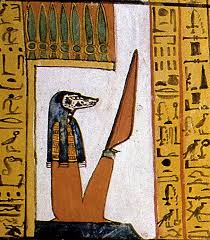
The myths recorded in the Papyrus Jumilhac are surely much earlier Egyptian stories, which the priesthood used to teach their traditions in the temples of the 17th and 18th nomes. There were almost certainly other tales like these, from other nomes, in which it is Fierce Isis Herself Who takes revenge upon the murderer of Her beloved Osiris. I hope someday we will find more of them.
As we enter into our own rites of spring, I hope that the Fierce Goddess Isis will always protect you and empower you.












